Top speed 148 km/h Length 6.96 m First flight 1913 | Wingspan 7.83 m Retired 1915 | |
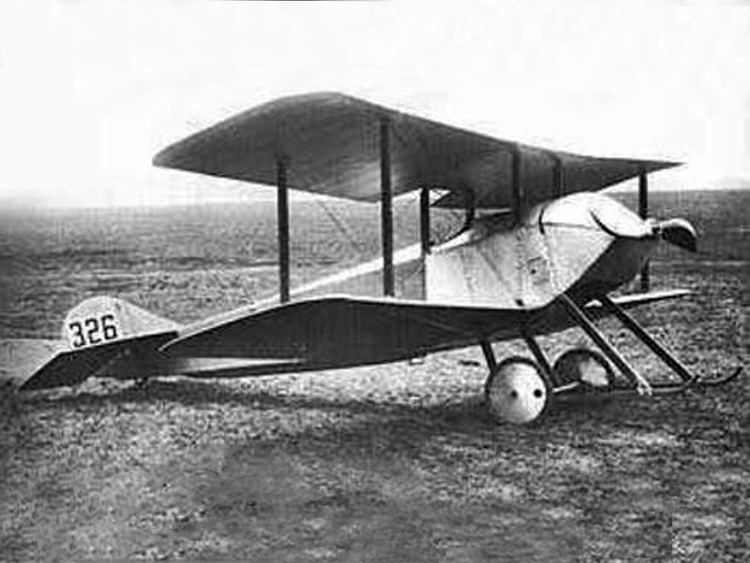 | ||
Sopwith tabloid r c flight at ora sept 2016
The Sopwith Tabloid and Sopwith Schneider were British biplanes, originally designed as sports aircraft and later adapted for military use. They were among the first types to be built by the Sopwith Aviation Company. The "Tabloid", so named because of its small size, caused a sensation when it made its first public appearance.
Contents
- Sopwith tabloid r c flight at ora sept 2016
- Sopwith tabloid
- Design and development
- Operational history
- Variants
- Operators
- Specifications Production Schneider
- References
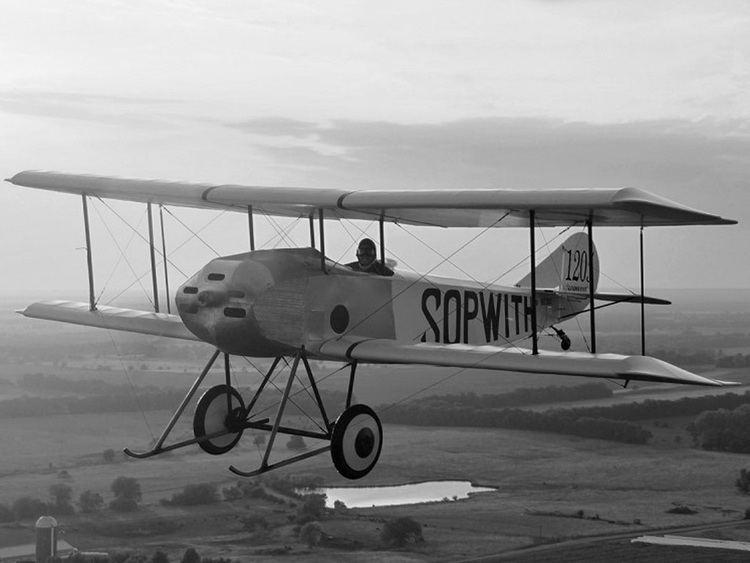
A floatplane variant was prepared and entered for the 1914 Schneider Trophy race; piloted by Howard Pixton. This aircraft comfortably won the competition, the prizewinning variant being known as the Sopwith Schneider.

Production orders for both types were placed by the military, and although a few Gnome Lamda-powered Tabloids saw limited service in the early war years some Gnome Monosoupape-powered Schneiders were still in service four years later, at the end of the Great War.
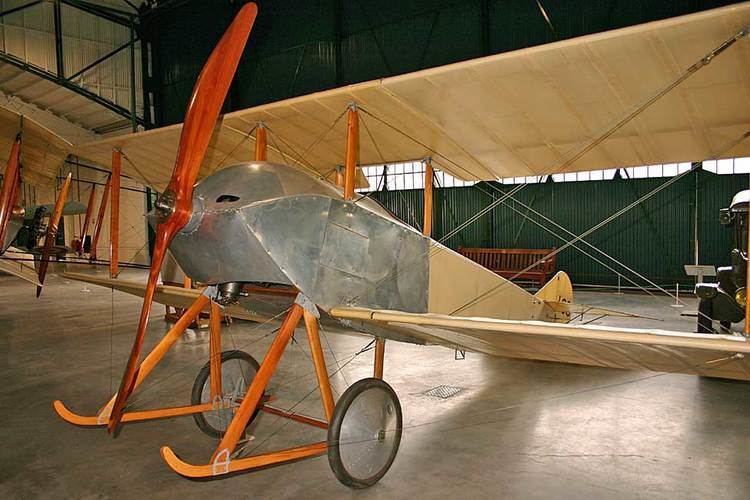
Sopwith tabloid
Design and development

The original Tabloid, which was first flown by Harry Hawker on 27 November 1913, was a two-seater single-bay biplane with a side-by-side seating configuration, unusual at the time. The equal-span wings were slightly staggered and used wing warping for lateral control. The rectangular-section fuselage was a conventional wire-braced wooden structure with the forward section covered in aluminium and the remainder, aft of the cockpit, covered in fabric. The control surfaces were of fabric-covered steel tubing and the undercarriage had a pair of forward-projecting skids in addition to the wheels. The most distinctive feature of the design was the engine cowling, which almost entirely enclosed the engine, cooling air being admitted through two small slots at the front.
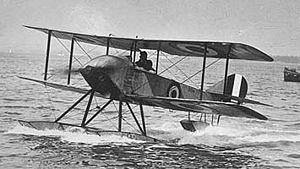
The prototype was powered by an 80 hp (60 kW) Gnome Lambda rotary engine and in a trial flown by Harry Hawker at Farnborough the Tabloid reached 92 mph (148 km/h) and took only one minute to reach 1200 ft (366 m) while carrying a passenger and enough fuel for 2½ hours. A production order from the War Office was placed early in 1914, and a total of 40 were built to this specification. However, the aircraft's speed made it an obvious candidate for entry to the Schneider Trophy competition.
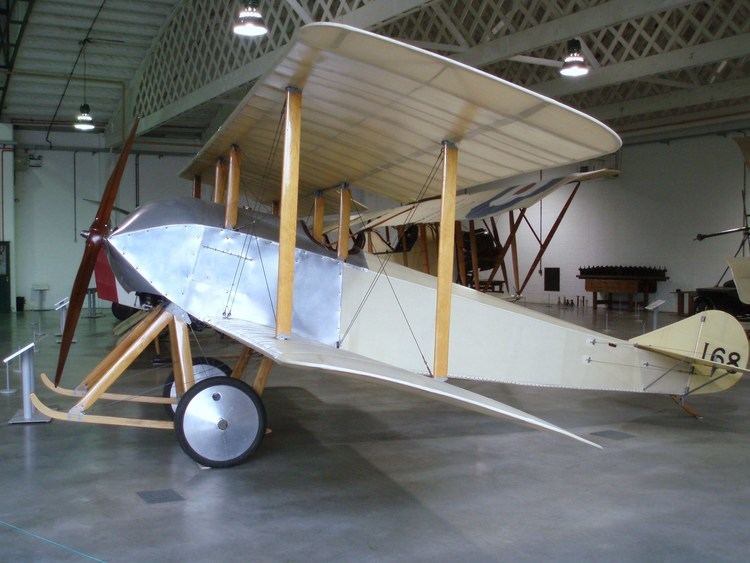
Accordingly, a floatplane adaptation was prepared, to be powered by a 100 hp Gnome Monosoupape, which T.O.M. Sopwith personally collected from Paris. This was initially fitted with a single central float, but on its first taxying trials with Howard Pixton at the controls the aircraft turned over as soon as the engine was run up, and remained in the water for some hours before it could be retrieved. Great effort was made to make the waterlogged machine airworthy, and, lacking the time to prepare a new set of floats, the existing float was simply sawn in half down the middle and thus converted into a pair of floats. After a satisfactory test flight on 7 April the aircraft was shipped to Monaco, where the competition was to take place.
The competition, (which was a time trial rather than a race) was easily won by Pixton. So clear was the superiority of the Sopwith that the competitors who were to start after him did not even bother to take off: Pixton had completed his first circuit in around two thirds of the time taken by the fastest of aircraft which had taken off before him. After completing the twenty-eight circuits required at an average speed of 86.75 mph (139.6 km/h), he opened the throttle fully and completed two more laps at a speed of 92 mph (148 km/h), setting a new world record for seaplanes.
The first order, for twelve 'Schneider' aircraft, was placed in November 1914. (Like the race winner, these were powered by the 100 hp Monosoupape and differed only in minor detail from the racer.) Later production aircraft were fitted with ailerons in place of wing-warping, had an enlarged fin and were fitted with a Lewis gun firing upwards through an opening in the wing centre-section.
In all 160 were built. No original Tabloids or Schneiders survive today but full-size replicas of each are displayed at the RAF Museum Hendon and Brooklands Museum.
Operational history
Single-seat variants of the Tabloid went into production in 1914 and 36 eventually entered service with the Royal Flying Corps and Royal Naval Air Service (RNAS). Deployed to France at the outbreak of the First World War, Tabloids were used as fast scouts.
Some naval aircraft were armed with a Lewis gun on the top wing, firing over the propeller arc. One other aircraft used a Lewis gun firing through the propeller arc with deflector wedges mounted on the propeller blades, but the Tabloid was also used as a bomber: on 22 September 1914 Tabloids mounted the first raid by British aircraft on German soil; and in their most famous mission two RNAS Tabloids flying from Antwerp on 8 October 1914 attacked the German Zeppelin sheds at Cologne and Düsseldorf. The Cologne target was not located, the railway station being bombed instead, but the Zeppelin shed at Düsseldorf was struck by two 20 lb bombs dropped from 600 ft and Zeppelin Z IX destroyed.
During 1915 attempts were made to use Schneiders to intercept Zeppelins over the North Sea, launching them from seaplane carriers including HMS Ben-my-Chree and Engadine, but these efforts were largely unsuccessful due to heavy seas either making takeoff impossible or damaging the floats.
On 6 August 1915 a Schneider took off from the aircraft carrier HMS Campania using a jettisonable dolly.
A single Sopwith Schneider fighter seaplane was acquired by Captain Shiro Yamauchi, during an inspection tour of England, during 1915. While in Imperial Japanese Navy service it was designated Yokosuka Navy Ha-go Small Seaplane.
Variants
Operators
Specifications (Production Schneider)
Data from Sopwith – The Man and His Aircraft
General characteristics
Performance
Armament
